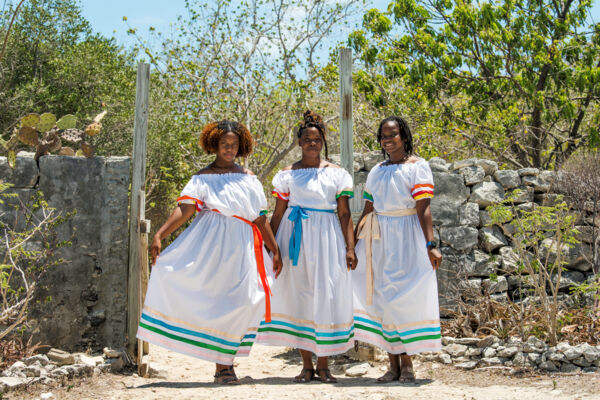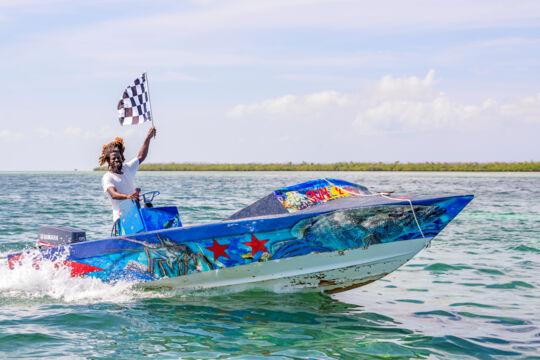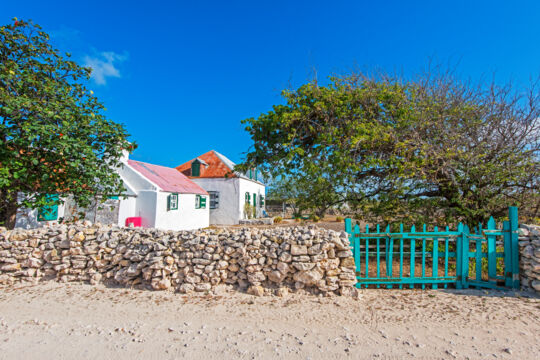History and Overview of the Turks and Caicos
We’re a British Overseas Territory and English is our official language.
We use the U.S. Dollar and have U.S. style electrical plugs.
We drive on the left as in the United Kingdom. Watch for bad drivers.
We have great weather year-round with an average of 82° F (28° C).
Overview
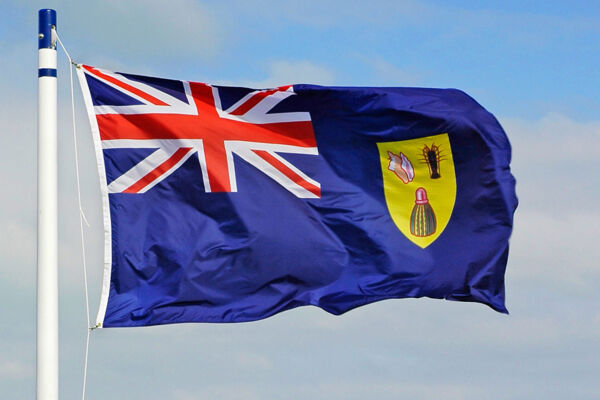
The Turks and Caicos Islands is a British Overseas Territory located in the North Atlantic, and is composed of two island groups: the Turks Islands and the Caicos Islands. There are eight major islands, of which six are inhabited.
The Turks Islands, located on the eastern side of the archipelago, include Grand Turk (home of the capital Cockburn Town) and Salt Cay.
The Caicos Islands are comprised (from west to east) of West Caicos, Providenciales, North Caicos, Middle Caicos, East Caicos, and South Caicos.
The majority of the small islands in the Turks and Caicos, including Parrot Cay, Pine Cay, Ambergris Cay, Dellis Cay, Water Cay, and Little Water Cay, are located among the Caicos Islands.
Providenciales is home to the majority of the population and most of the development in the country, along with the Providenciales International Airport (PLS), where nearly all international flights arrive. Grand Turk is the second most populated island, seat of the government, and the location of the Grand Turk Cruise Center.
The main economy of the country is tourism, with a small but growing financial services sector. The population is 47,720 (2022 Statistics Department estimate) and the total area is 238 mi² (616.3 km²).
Our Beaches
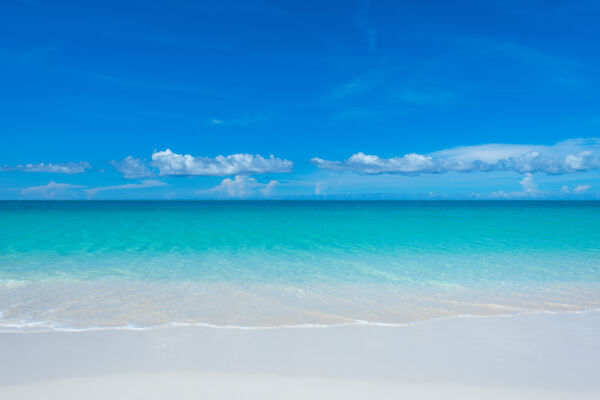
Our spectacular beaches and pristine marine environment are the defining feature of the country, and are the primary attraction for tourists. There are hundreds of beautiful beaches and coasts across our many islands to discover.
Location
The Turks and Caicos Islands are located in the North Atlantic between the Bahamas and the Dominican Republic, 575 miles (925 km) southeast of Miami, Florida.
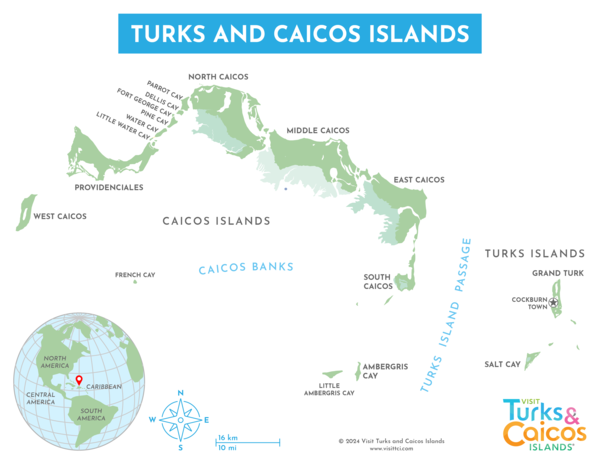
Name, Pronunciation, and Demonym (What We're Called)
The full name of the country is the Turks and Caicos Islands. Most people simply say Turks and Caicos or TCI. It’s NOT simply ‘Turks' (i.e. don’t say Just got back from ‘Turks’.). ‘Caicos' is pronounced ‘k-coas' (as in coastal). It’s not ‘cos' as in cost. (If you’d like the technical answer, the IPA pronunciation is tɜrks and keɪkəs.)
Providenciales, the main tourist island, is pronounced ‘prov-ah-den-c-a-leez’. There’s no ‘ch' sound in the name, as many flight attendants say on arrival.
The demonym is Turks and Caicos Islander, which is commonly shortened to Turks Islander. This is sometimes shortened further to simply TI (although Turks and Caicos Islander is the preferred form.)
History
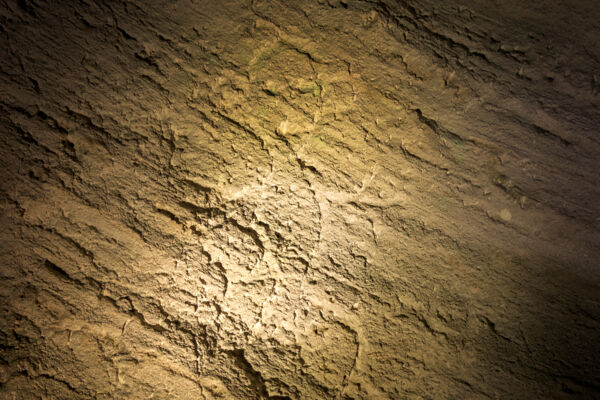
The first known inhabitants of the Turks and Caicos were Taino Indians (Amerindians). Little is known about these Tainos, but research suggests that they originally migrated north from the Caribbean around the year 600 AD.
Although the islands of Middle Caicos and East Caicos supported some of the largest populations of Tainos in the region, the only known remaining evidence of their existence are a few small artifacts, some cave pictograms, and a limited number of stone mounds.
The Turks and Caicos was discovered by Europeans in the late 1400s or start of the 1500s. It’s highly likely that Grand Turk was Christopher Columbus’s initial point of landfall in the New World on his historic 1492 voyage, as accounts made during the voyage match the island far better than the common theory of first landfall on San Salvador in the Bahamas.
There is a bit of dispute by historians over which island was the point of landfall, but in any case, it’s certain that Ponce de Leon visited in 1512. Due to diseases brought by Europeans, and Spanish slavers, the Tainos had completely disappeared by the late 1500s.
Although visited on and off by Spanish, English and French over the next century, the islands remained deserted and did not see any permanent European settlement until the late 1600s, when British Bermudian salt rakers began to develop the natural shallow salt ponds in the country for sea salt production. It was at this time that Britain established control of the islands, which it has held with only a few brief exceptions to this day.
The history of tourism in the Turks and Caicos Islands is very young. The current luxury tourism industry and boutique real estate industries in the Turks and Caicos began in the 1970s and saw a rapid transformation over two decades, with Providenciales, Parrot Cay, and Pine Cay seeing the construction of resorts such as the Third Turtle Inn, Club Med Turkoise, the Grace Bay Club, COMO Parrot Cay Resort, and the Pine Cay Resort.
Origin of the ‘Turks and Caicos' Name
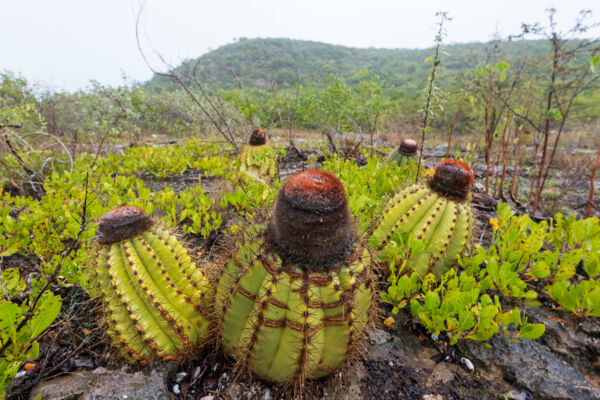
It was during the early-1600s when the islands began to be referred to by titles closely resembling the modern Turks and Caicos name.
For many centuries previous to the 1800s, Islamic corsairs preyed on vessels in the Mediterranean and off the coasts of Europe and Africa. These raiders were often referred to as “Turks”, and the term went on to become a synonym with pirate.
Early mapmakers combined this with a version of the Lucayan word ‘cayo hico’, meaning string of islands. Together, they served as a warning to avoid the pirate islands. The name is not derived from the Turk's head cactus (a small stubby cactus capped with a spiny structure resembling a Turkish Fez hat) which is found on some islands in the country.
Piracy
Between the early-1600s and mid-1700s, piracy was at its height globally and the Turks and Caicos was definitely a hotspot for such activity. Several well-known pirates including “Calico” Jack Rackham, Anne Bonny, Mary Read, Francois l’Olonnais and Captain Dulaien had bases in the islands, as the countless small coves and inlets found around the country proved to be excellent places to hide ships in while waiting for prey. The small island of Parrot Cay between Providenciales and North Caicos was actually previously known as Pirate Cay, due to the buccaneers that used to live there.
Plantations and the Salt Industry
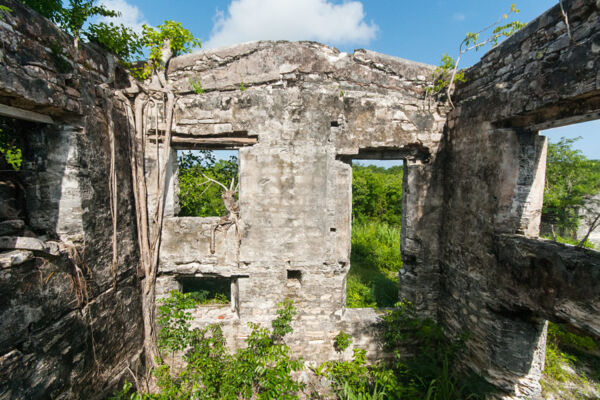
The salt industry continued to expand well past the end of the American Revolutionary War, after which displaced British Loyalists began to arrive from the newly formed United States. Many of these Loyalists began cotton plantations, and African slaves were brought in from the surrounding regions to work both the plantation fields and the salt ponds. Along with African slaves the British seized and set free from the Spanish in the 1840s, these peoples were the ancestors of most of the modern day Turks and Caicos Islanders.
Due to droughts, hurricanes, insects and disease, the plantations began to fail in the first few decades of the 1800s. Sisal (a fibrous plant that was used to make rope) began to be planted and was initially successful, but the small scale of local production of both sisal and salt doomed the industries. The Turks and Caicos saw difficult economic in the times 1900s until about 1985 when the tourism industry began.
Culture
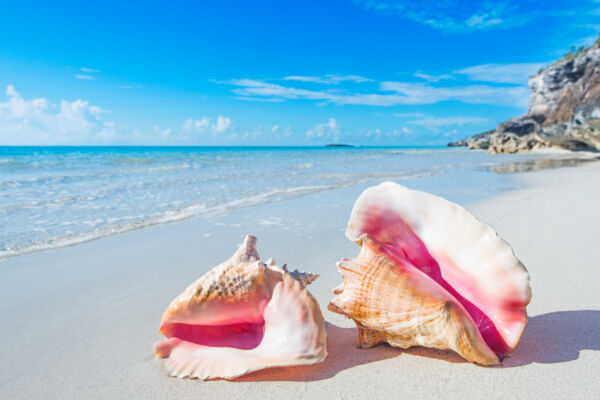
Geographically speaking, the Turks and Caicos Islands is part of the Bahamas islands chain. There has been a constant movement of people between these two nations and as such they share a similar culture.
Conch, a marine snail, was an important part of the local diet and remains popular today. Peas & Rice was a staple in the past, with locally grown pigeon peas and pieces of conch added to imported rice. Conch Fritters and Conch Salad, two popular dishes, are in fact more recent culinary developments.
Ripsaw is a local music genre developed during slavery times. It consists of scrapping an instrument, such as a screwdriver, over a saw blade to create a scraping sound. Playing ripsaw is called ‘ripping the saw’. Common accompaniments are the guitar, drums and triangle. Junkanoo, a Bahamian music genre, was brought back to the islands by returning Turks and Caicos Islanders who left to find work in nearby Bahamian islands.
Government
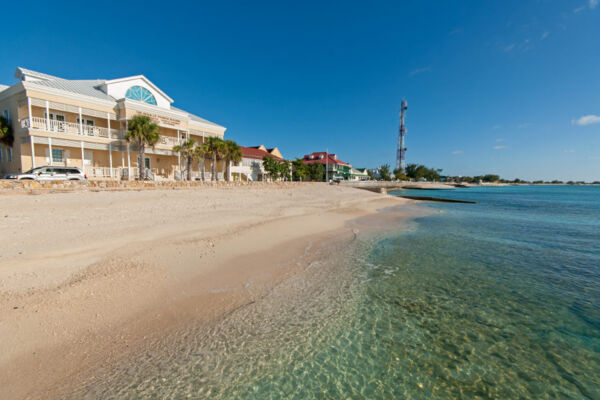
Being a British Overseas Territory, the United Kingdom is responsible for external affairs, such as defense. The internal government is locally elected, headed by a locally elected Premier and a Governor appointed by King Charles III.
The Turks and Caicos Islands was under Jamaican jurisdiction until 1962, when Jamaica became independent. The governor of the Bahamas oversaw local affairs from 1965 until 1973, when the Bahamas became independent and the Turks and Caicos Islands received their own governor. A new constitution was adopted in 1974, and George Alexander Smith James McCartney became the country’s first Prime Minister (later titled Premier) in 1976.
Weather
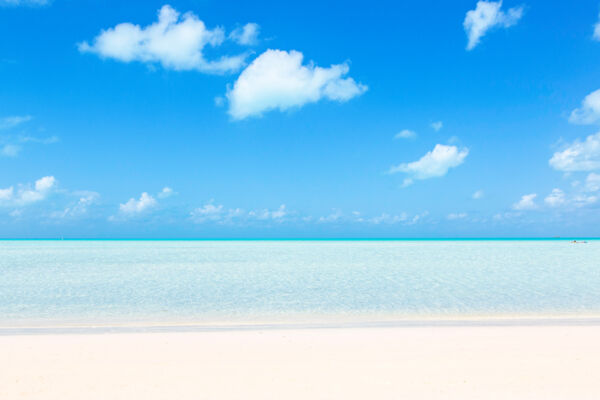
The climate in the islands is generally hot and dry, with an average yearly temperature of 80° F (26° C). Average rainfall is only 33” (83 cm), with most rain during the months of April - July.
Hurricanes season is between August and November, with most activity between end of August and early September. Hurricanes rarely hit the islands, mostly passing north towards the eastern coast of the United States or south through Haiti and the Dominican Republic.
Why Visit?
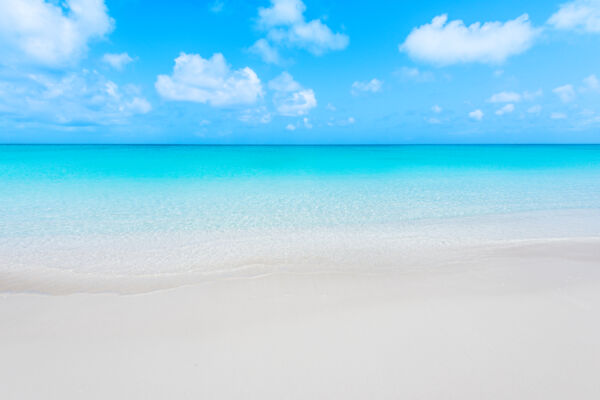
Grace Bay Beach on Providenciales is frequently ranked the best beach in the world, having won awards from Tripadvisor, CNN, and Condé Nast Traveler. There are many other unique beaches in the country, such as shallow Sapodilla Bay and Taylor Bay, and excellent snorkeling reefs at the Bight Reef and Smith’s Reef. Governor's Beach, located at the Grand Turk Cruise Center, is another excellent beach.
The waters around the islands have become recognized as excellent for a range of water sports, from ecotourism kayaking in the Caicos Banks to world-class kiteboarding spots on Long Bay.
Diving is rated in the top 10 in the Caribbean, and excellent sites are found off West Caicos, Providenciales, Grand Turk and Salt Cay.
Practical Information
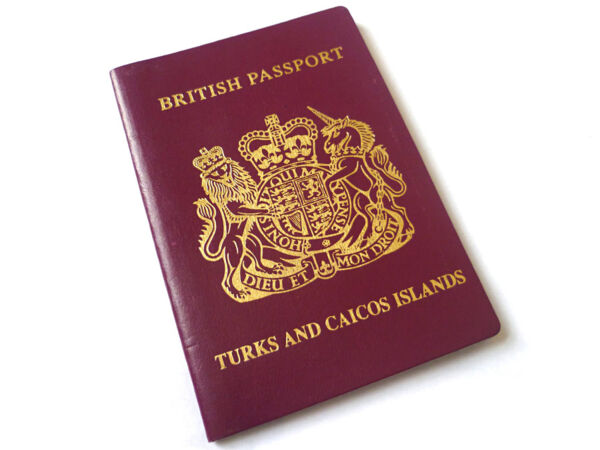
Passports and Visas
Citizens of the United States, Canada, European Union and many other countries can enter visa-free for 90 days with a valid passport. It may be possible to extend this once for an additional 90 days by visiting an immigration office on Providenciales or Grand Turk.
Language
English is the official language of the Turks and Caicos Islands. Haitian and Dominican immigrants speak Haitian Creole (a French-derived) and Spanish, respectively.
Money
The U.S. Dollar is the only accepted currency in the islands. If you are coming from a country that uses a currency other than the U.S. Dollar, be sure to exchange your currency before you arrive. The only way you can exchange currency here is through the local banks, and they charge exorbitant rates that will take a bite out of your vacation budget. In addition, queues can run into hours for service.
There is no Bureau de Change at the Providenciales International Airport (PLS).
ATMs and Credit/Debit Cards
ATMs are found on Providenciales, though they can be unreliable and frequently go offline. Other islands may only have one ATM, or none at all. Many local businesses and restaurants accept credit cards. Foreign cards will be charged a forex conversion fee (determined by their issuing bank).
Banks
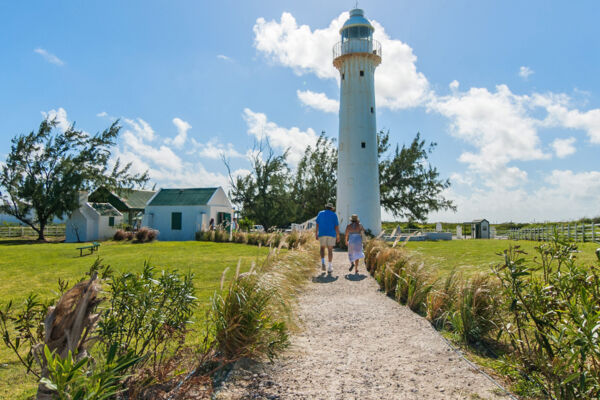
There are three major banks: Scotiabank, Royal Bank of Canada, and CIBC Caribbean. CIBC Caribbean offers Visa ABMs and Scotiabank is on the Cirrus (MasterCard) network. If you require teller service, be prepared to wait as local banks often have huge lines, and you may easily wait over an hour for service.
Power Plugs and Voltage
The Turks and Caicos Islands uses 120v, 60Hz electricity and U.S. style power plugs. No adapters or converters are needed for American visitors. If you’re coming from a country outside of North America, or parts of South America and the Caribbean, you’ll need a plug adapter. You should purchase this before you arrive, as they can be difficult to locate on the island.
In addition, other than North American and a few South American countries, almost all other countries use 220-240 volt electricity. Most technology products have adapters that can work with 110-240 power, 50/60 Hz. You simply need an inexpensive U.S. style adapter plug.
Other 220/240 volt devices, such as irons and hair dryers, cannot be used, and you would need a much more expensive voltage converter in addition to a simple plug adapter.
Time Zone
The Turks and Caicos Islands uses Eastern Standard Time (UTC/GMT -5), the same as New York, Miami, and most other U.S. east coast cities.
Cell Phones
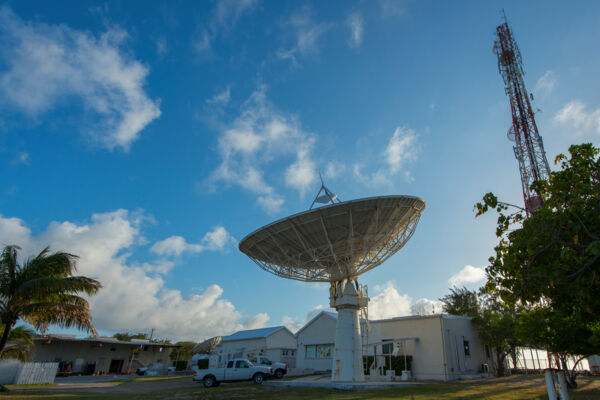
The Turks and Caicos Islands uses the GSM standard, on frequencies 850/900/1800/1900Mhz, and also the CDMA standard. There are two local mobile telecommunications companies: Flow and Digicel.
GSM customers can roam on any of the island’s networks. CDMA customers may roam on Flow’s network, but availability varies based on phone model and your contract.
If you expect to make a large amount of local calls or regional calls to other Caribbean countries, you may want to consider purchasing a local SIM card, as this will usually be far cheaper than roaming with your existing provider. Please note that in order to change SIM cards, you will need to have a phone that is ‘unlocked’.
Internet Access and Wi-Fi
4G mobile internet is available from all local mobile service providers. Wi-Fi is available from most hotels and resorts and also at many cafés.
TV, Radio, and Media
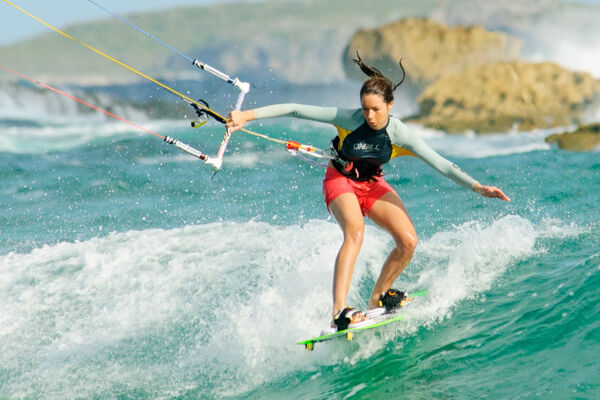
WIV4 is the main local news station on channel 4. PTV8 (People’s Television, channel 8) provides an alternative news channel. Most other programming is from the United States and includes all major stations.
There are several local FM radio stations. Spanish-language AM broadcasts from the Dominican Republic can also be found. The official government station, Radio Turks and Caicos, is found at 107.7 FM. In the unlikely event of a hurricane, this is the station to tune into for bulletins.
There are two local newspapers, the TC Weekly News and the TCI Sun, published weekly. There are also two tourist magazines, Times of the Islands and Where, When How. These are available free from your hotel or resort.
Post and Courier
All inhabited islands have a post office. Postal service to and from the islands can be a bit slow. There is no delivery of postal mail, as people simply collect their mail at their local (island-based) post office. There are local branches of FedEx, DHL and UPS on Providenciales and Grand Turk.
The Turks and Caicos Islands do not use a zip or postal code. The postal code ‘TKCA 1ZZ' (in the format for the UK) exists, but is rarely used and is not required.
Safety and Crime
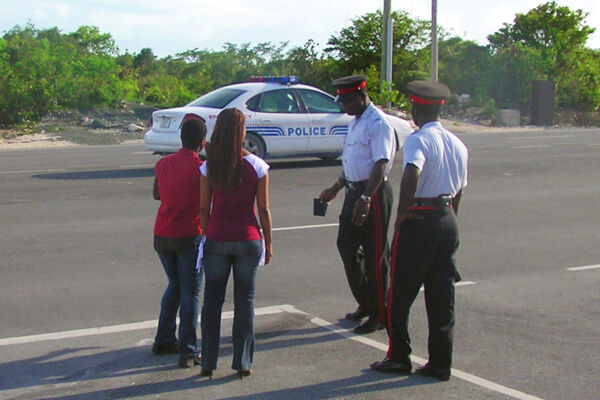
The Turks and Caicos Islands has one of the lowest rates of crime in the Caribbean, but crime is high compared with the United States. You are advised against traveling down deserted roads or walking outside of tourist areas at night.
Alcohol, Tobacco, Firearms, and Controlled Substances
The drinking age in the Turks and Caicos Islands is 18. Patrons appearing under 21 will be asked to show ID.
Drugs are strictly prohibited, including marijuana. If it’s illegal in the United States or the United Kingdom, it’s probably illegal in the Turks and Caicos Islands. Any products which contain marijuana derivatives, such THC or CBD, are prohibited. There is no exception for medical marijuana products, even if accompanied with a doctor’s prescription.
Firearms and other types of weapons are strictly controlled and possession requires a permit. There are mandatory minimum sentences for possession of firearms without a license.
Health and Medical
New hospitals were constructed in 2010 on Providenciales and Grand Turk which have expanded the care facilities available. Other islands have small clinics, and Providenciales also has other specialists, such as dentists and optometrists. Serious emergencies are often stabilized locally and then flown to Miami, Florida via air ambulance.
There are no endemic diseases in the islands, and the WHO and CDC do not advise any mandatory vaccinations before visiting.
A few poisonous plants exist, including coral sumac and rosary pea. These are generally only encountered if venturing into the wild. Snorkelers and divers should be aware of lionfish, which have the ability to sting and in rare cases paralyze humans.
Embassy Information
The United States, Haiti and Jamaica are the only countries with diplomatic representation in the Turks and Caicos Islands. All other countries are represented by their embassies located in other countries, usually the Bahamas or Jamaica.
Getting Here
International Flights
There are several international flights a day from several major North American cities, including New York, Toronto, Boston, Charlotte, Chicago, Atlanta, and Miami. British Airways is the only carrier that offers transatlantic flights to Providenciales, which fly from London Heathrow Airport (LHR). Two flights are offered between LHR and PLS per week.
All international flights arrive at the Providenciales International Airport (PLS), with the exception of a Miami—South Caicos (XSC) flight via American Airlines.
Cruises
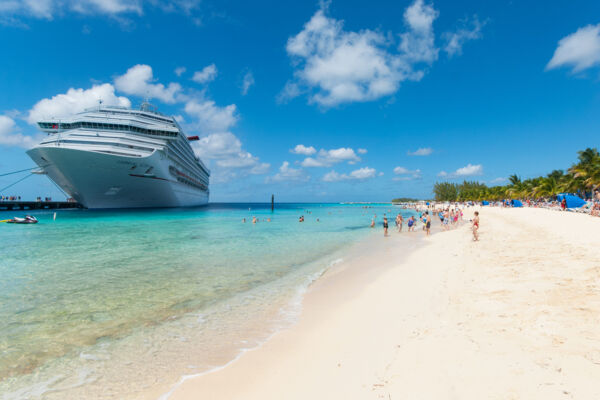
Carnival Cruises operates several Caribbean cruises which make stops at the Grand Turk Cruise Center. Layover time ranges from 5–7 hours, which leaves plenty of time to explore the historic sights of Grand Turk, visit the stingray sanctuary at Gibbs Cay, or participate in other water sports such as diving or snorkeling.
Customs Information
Visitors are allowed to bring the following into the country duty-free:
- 1 liter (33.8 U.S. fluid ounces) of spirits OR 2 liters (67.6 U.S. fluid ounces) of wine (less than 42% alcohol by volume).
- 200 cigarettes OR 100 cigarillos OR 50 cigars OR 125 grams (4.4 ounces) of tobacco.
- 50 grams (1.7 ounces) of perfume or 0.25 liters (8.4 ounces) of eau de toilette.
- $1,000 of gifts or items that will remain in the Turks and Caicos (for non-commercial use).
- 'Reasonable' amount of personal goods.
All prescription drugs must be accompanied by a doctor’s prescription. It is advised to keep all medication in original packaging to avoid confusion and questioning at ports of entry.
The importation of firearms and other weapons is strictly prohibited without written permission from the commissioner of police.
Traveling with Pets
It has become more difficult to travel with pets since the passage of new laws. You are required to obtain permission at least one week prior to arrival in the islands. You must complete the required forms, pay the fee, and provide the relevant veterinary health certificates in order to receive a permit. In addition, several breeds of dogs are prohibited.
Transportation
There are no bus services or other public transportation on any of the islands. Many hotels and resorts offer complimentary airport pickup, and taxis are also readily available at the Providenciales International Airport (PLS).
Most tourists are advised to rent a car for their stay, unless they plan to spend most of their time at their resort.
Renting a Car and Driving
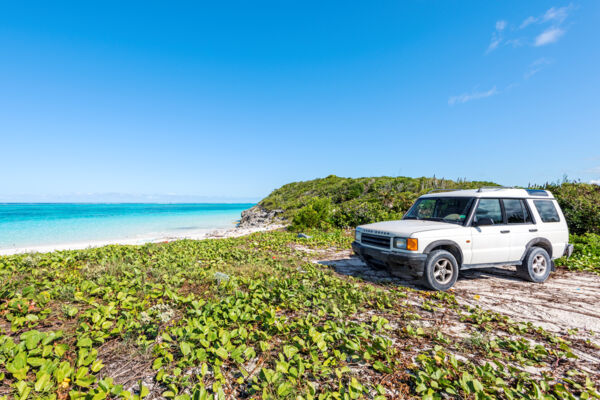
We drive on the left, as in the United Kingdom. However, the majority of vehicles on the roads (including buses and shuttles) are imported from the United States, with steering on the left (i.e. the ‘wrong’ side).
The driving level of many people on local roads is poor. You are advised to give other drivers plenty of space and also be prepared for sudden, unexpected stops.
You may need an International Driver’s Permit if your license is not in English. Minimum age for renting a car is usually 23 and 18 for scooters.
Taxis
Taxis are readily abundant on Providenciales and Grand Turk. On the other islands, such as North Caicos, Middle Caicos, South Caicos, and Salt Cay, taxis are not readily available.
Fares are very high by most standards. If you are staying for several days, it’s advised that you rent a car. It’s also advised that you negotiate your taxi fare before entering the taxi.
Inter-island Flights and Ferries
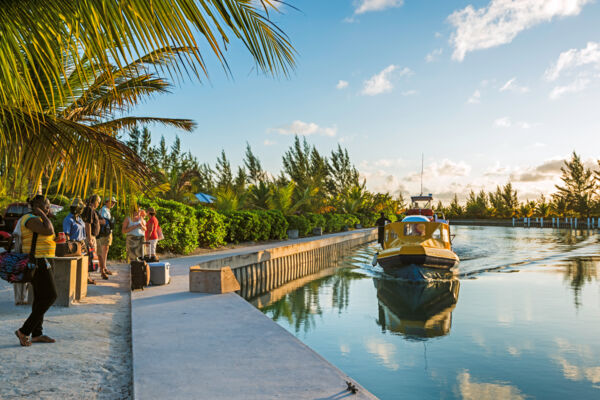
There is a regular ferry service to North Caicos and Middle Caicos (which are connected via a causeway), and also South Caicos. There are also regular scheduled flights to Grand Turk and Salt Cay.
Fares for the ferries are reasonable. Flights are expensive, considering the short distance traveled.
Accommodation
Providenciales has a range of accommodation, including the only all-inclusive resorts in the country. Other islands have hotels and villas, but lack luxury resorts.
Hotels and Resorts
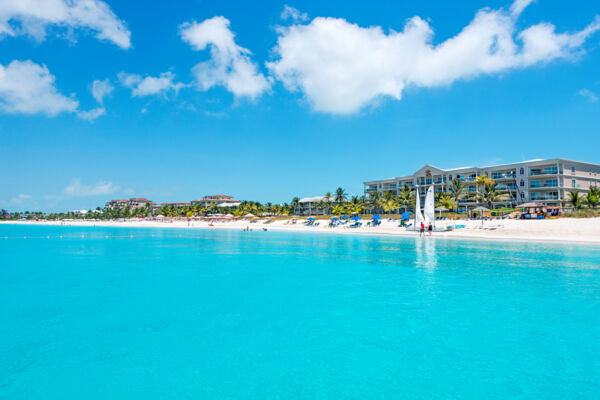
Providenciales has a wide selection of hotels and resorts, many of which are located directly on world-famous Grace Bay Beach.
Grand Turk has a few resorts, many of which offer dive packages. All other islands have both catered and non-catered villas or small hotels.
All-Inclusive Resorts
Beaches Turks and Caicos (part of the Sandals Group) and Club Med are the two most popular all-inclusive resorts, both located on Providenciales.
Villas
Vacation rental villas are a popular choice and available on all of the inhabited islands. For islands such as Salt Cay, villas are the only accommodation choice.
There is a wide price range available, ranging from $100 a night to well over $8,000 a week.
Camping and Backpacking
It is not popular to camp or backpack throughout the islands. There are no designated camping areas and a lack of public facilities, such as showers or toilets.
Budget Accommodation
The Turks and Caicos Islands lacks budget accommodation, lacking for example youth hostels. Less expensive flat shares and rooms can be found on sites such as AirBnB or VRBO.
Shopping and Prices
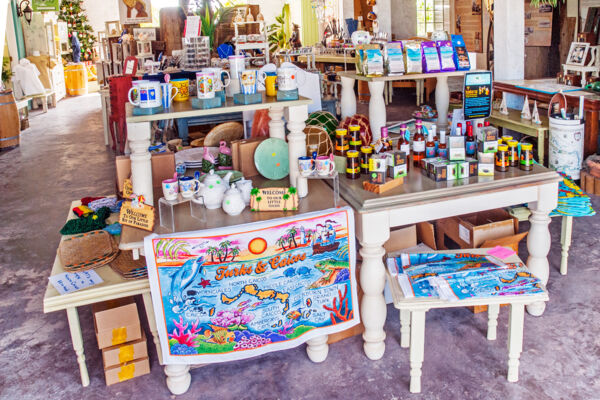
There is not a wide range of shopping available on the islands, except for jewelry and tourist souvenirs.
Providenciales has the widest range, although Grand Turk has several excellent gifts shops which sell locally produced souvenirs and products, such as bath salts and soaps.
Prices
Souvenirs are the typical price range for the Caribbean, such as around $20 for a t-shirt or $10 for a souvenir coffee mug. Prices for groceries and other goods are high compared to the United States.
| Example Prices | |
| Item | Price |
| Gasoline (U.S. gallon) | $6.11 |
| Kellogg’s Corn Flakes (12oz/340g) | $12.00 |
| Snickers Bar (2oz/59g) | $2.40 |
| Whole Chicken (raw) | $12.00 |
| Cantaloupe | $6.20 |
| Large Pizza (18"/45 cm, take-away) | $24.00 |
| Milk (quart/liter) | $4.25 |
| Pineapple | $6.40 |
| Beer - Guinness (6, 12oz/350ml bottles) | $21.99 |
| Beer - Heineken (6, 12oz/350ml bottles) | $21.99 |
| Beer - Turk's Head (6, 12oz/350ml bottles) | $15.00 |
| Coca-Cola (6, 12oz/350ml cans) | $6.00 |
| Cappuccino | $5.00 |

